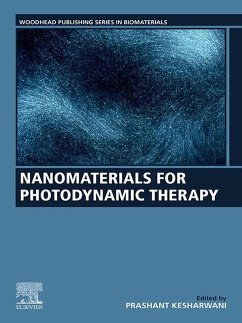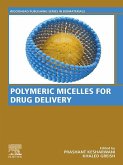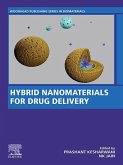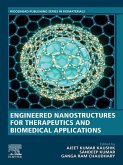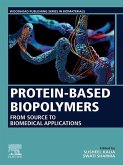Nanomaterials for Photodynamic Therapy takes a unique approach to this area, with a key focus on the use of nanomaterials and nanocarriers for photodynamic therapy (PDT). The book introduces the history and mechanism of action behind PDT, covering the variety of sensitizers currently available. Subsequent chapters review existing and emerging nanomaterials for PDT, including hydrogel nanocomposites, fullerenes, quantum dots, polymeric micelles, and more. Challenges and translational aspects of PDT are also discussed, touching on the issues and hindrances of drug resistant cancers.The book bridges the gap between the physics and clinical aspects of PDT, offering a unique nanomaterials-focused perspective. This book will prove useful for materials scientists, biomedical engineers, electrical and optical engineers, and pharmaceutical scientists interested in cancer treatment.
- Reviews a broad range of nanomaterials for PDT, such as graphene oxide, dendrimers, solid lipid nanoparticles, and more
- Provides a helpful introduction to the history and mechanism of action behind PDT
- Discusses challenges in clinical translational, particularly in drug-resistant cancers
Dieser Download kann aus rechtlichen Gründen nur mit Rechnungsadresse in A, B, BG, CY, CZ, D, DK, EW, E, FIN, F, GR, HR, H, IRL, I, LT, L, LR, M, NL, PL, P, R, S, SLO, SK ausgeliefert werden.

